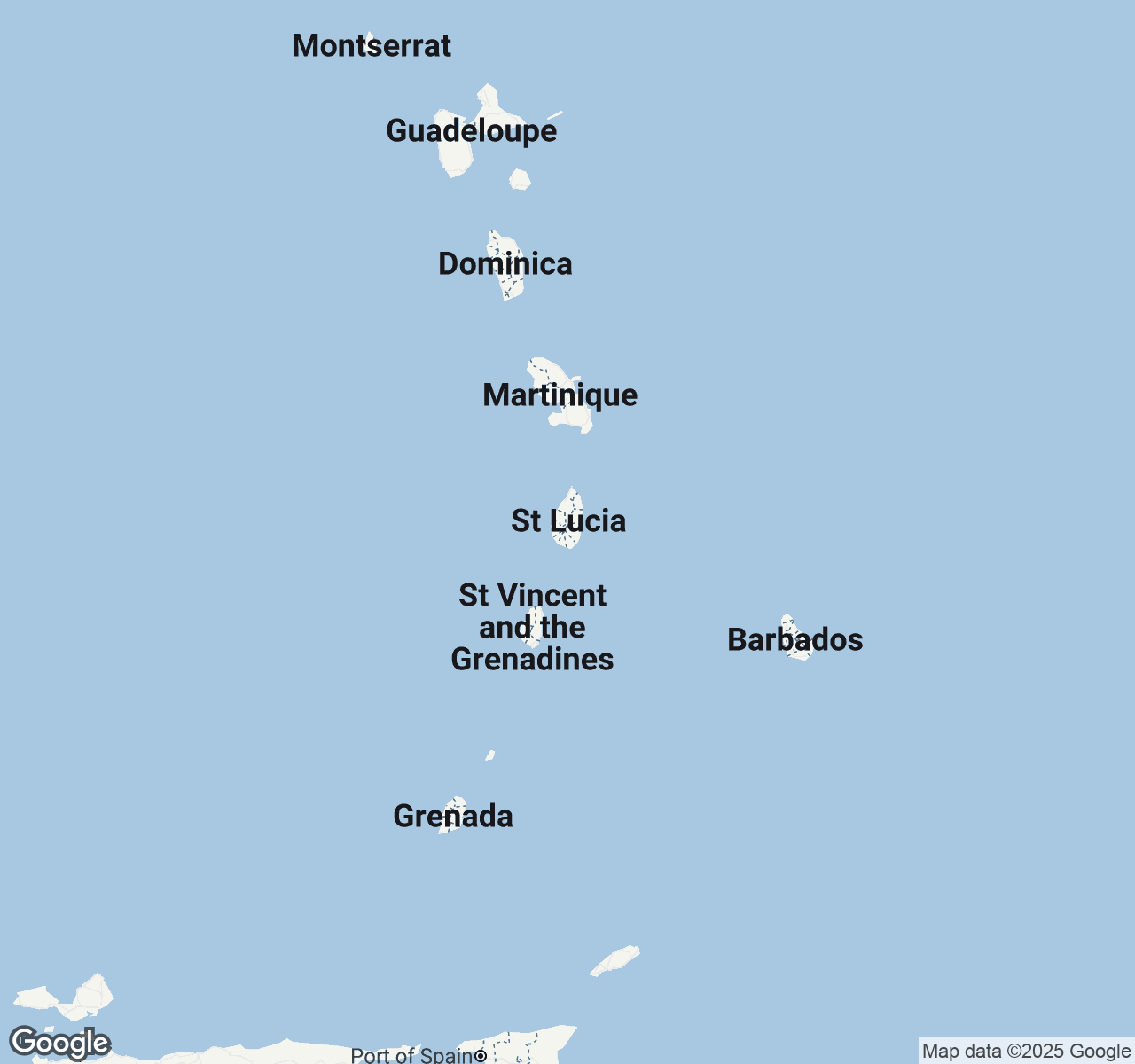
Things to Do in Saint Lucia
Discover the best of Saint Lucia
Plan Your Trip
Essential guides for timing and budgeting
Top Things to Do in Saint Lucia
Discover the best activities and experiences. Book now with our trusted partners and enjoy hassle-free adventures.
Explore Destinations in Saint Lucia
Your Guide to Saint Lucia
About Saint Lucia
Saint Lucia emerges from the Caribbean Sea like a precious emerald, where dramatic volcanic peaks pierce cotton-soft clouds and pristine beaches curve along turquoise shores. The iconic Pitons rise majestically from the southwestern coast, their UNESCO-protected silhouettes creating one of the world's most recognizable landscapes. This enchanting island pulses with a rhythm all its own, where Creole culture blends easyly with French colonial elegance and British refinement. Lush rainforests cascade down mountainsides, hiding secret waterfalls and thermal springs, while fishing villages dot the coastline with their weathered boats and genuine smiles. The air carries hints of cocoa, nutmeg, and frangipani, while the sound of steel drums drifts through warm tropical evenings. Whether you're seeking romance in intimate resorts, adventure in volcanic landscapes, or cultural immersion in busy local communities, Saint Lucia offers an intoxicating blend of natural wonder and authentic Caribbean soul that lingers long after departure.
Travel Tips
Transportation: Rent a car for maximum flexibility, but expect narrow, winding mountain roads. Book airport transfers in advance—taxis charge fixed rates ($90-120 USD to Soufrière). Local buses are cheap ($2 USD) but infrequent outside Castries.
Money: Eastern Caribbean Dollar (XCD) is official currency, but USD widely accepted. Expect 15-20% service charges at restaurants. ATMs available in major towns. Credit cards accepted at most tourist establishments, cash needed for local vendors.
Cultural Respect: Greet locals with 'Good morning/afternoon' before asking questions. Dress modestly when visiting towns or religious sites—cover shoulders and legs. Photography of people requires permission. Sunday church services are important cultural events.
Food Safety: Try local specialties like green fig and saltfish, callaloo soup, and fresh lionfish. Stick to bottled water in rural areas. Street food is generally safe—look for busy stalls with high turnover. Fresh tropical fruits are abundant and safe.
When to Visit
Saint Lucia enjoys year-round tropical weather with temperatures ranging 75-85°F (24-29°C). The dry season (December-April) offers the most comfortable conditions with minimal rainfall (2-4 inches monthly), steady trade winds, and humidity around 70%. This peak season sees hotel rates increase 40-60%, requiring advance bookings. May-November brings the wet season with afternoon showers, higher humidity (80-85%), and rainfall peaking at 8-10 inches monthly during September-October. Hurricane season officially runs June-November, with highest risk August-October. For budget travelers, May-June and November offer excellent value with 25-40% lower rates and manageable rainfall. Jazz & Arts Festival (May) showcases world-class performers, while Carnival (July) explodes with colorful parades and soca music. Dive enthusiasts prefer calmer seas December-April, while surfers find better swells June-August. Whale watching peaks January-April when humpbacks migrate through local waters. Adventure seekers enjoy lush, green landscapes during wet season when waterfalls flow strongest. Couples seeking romance should visit February-March for optimal weather and post-Valentine's Day deals, while families benefit from school holiday periods despite higher costs.

Saint Lucia location map